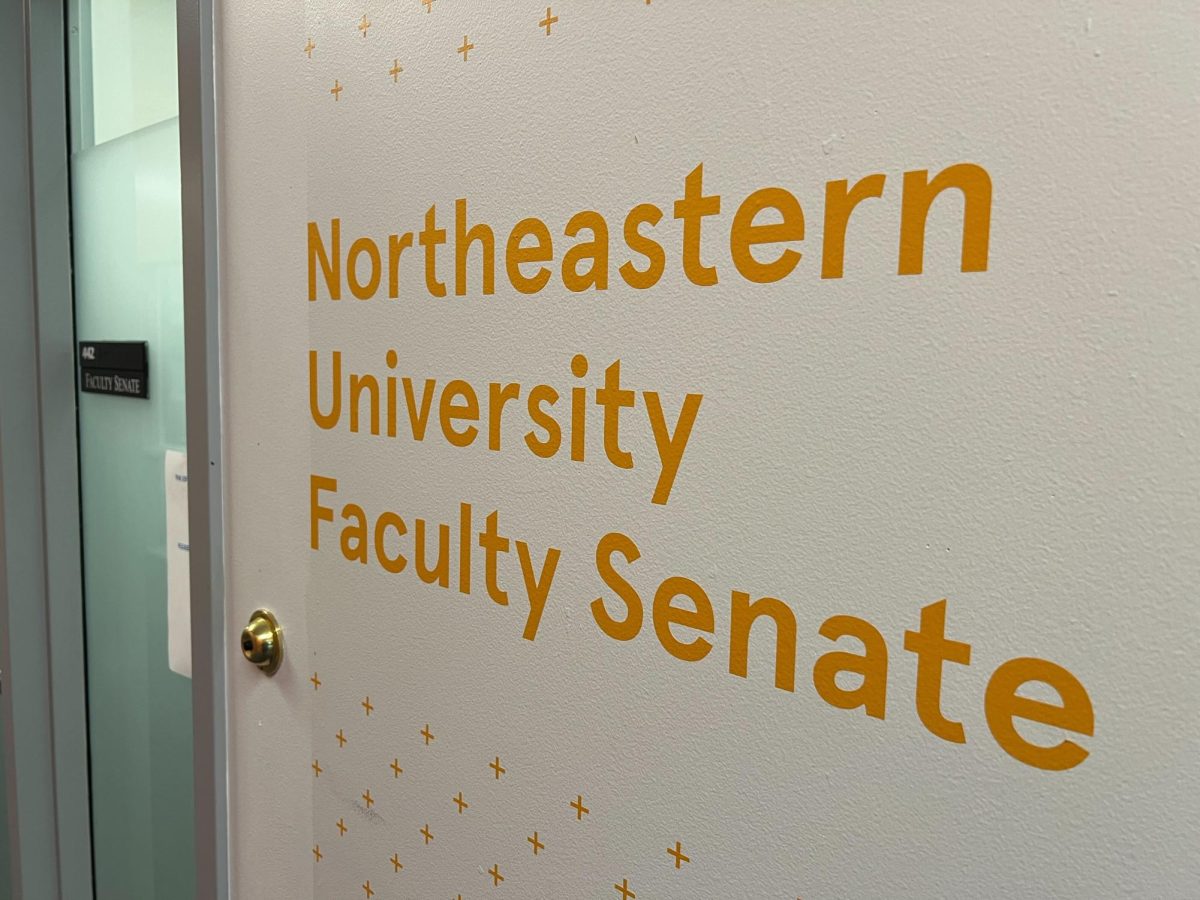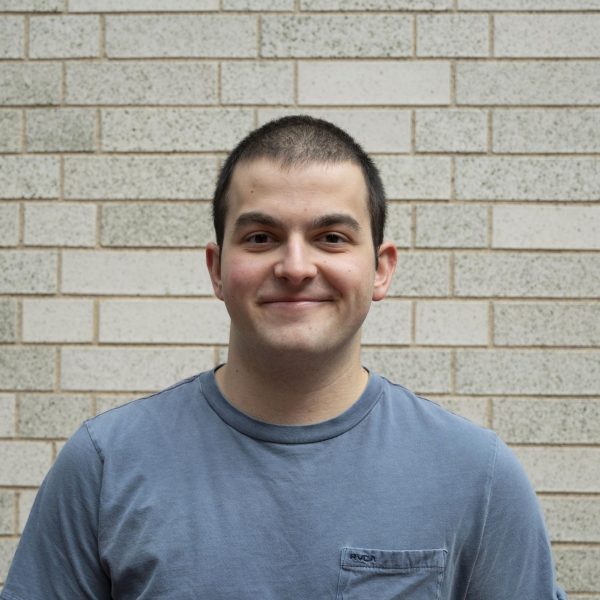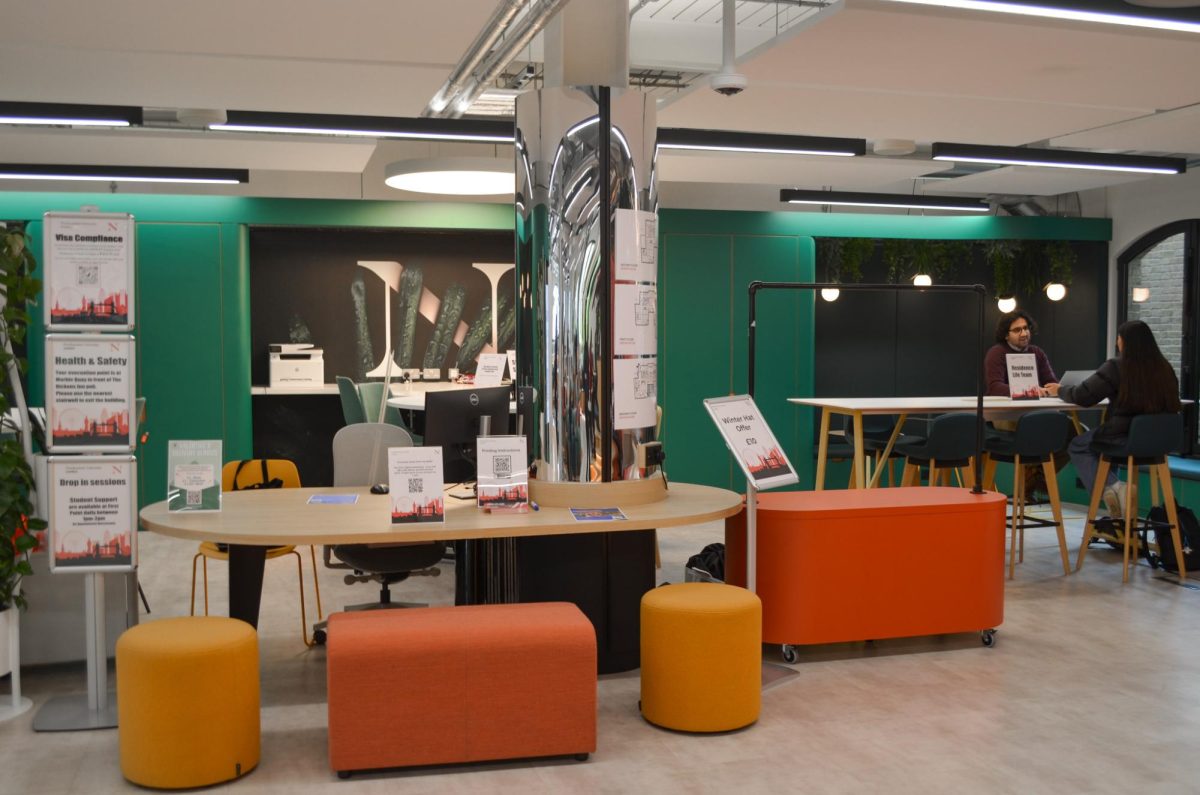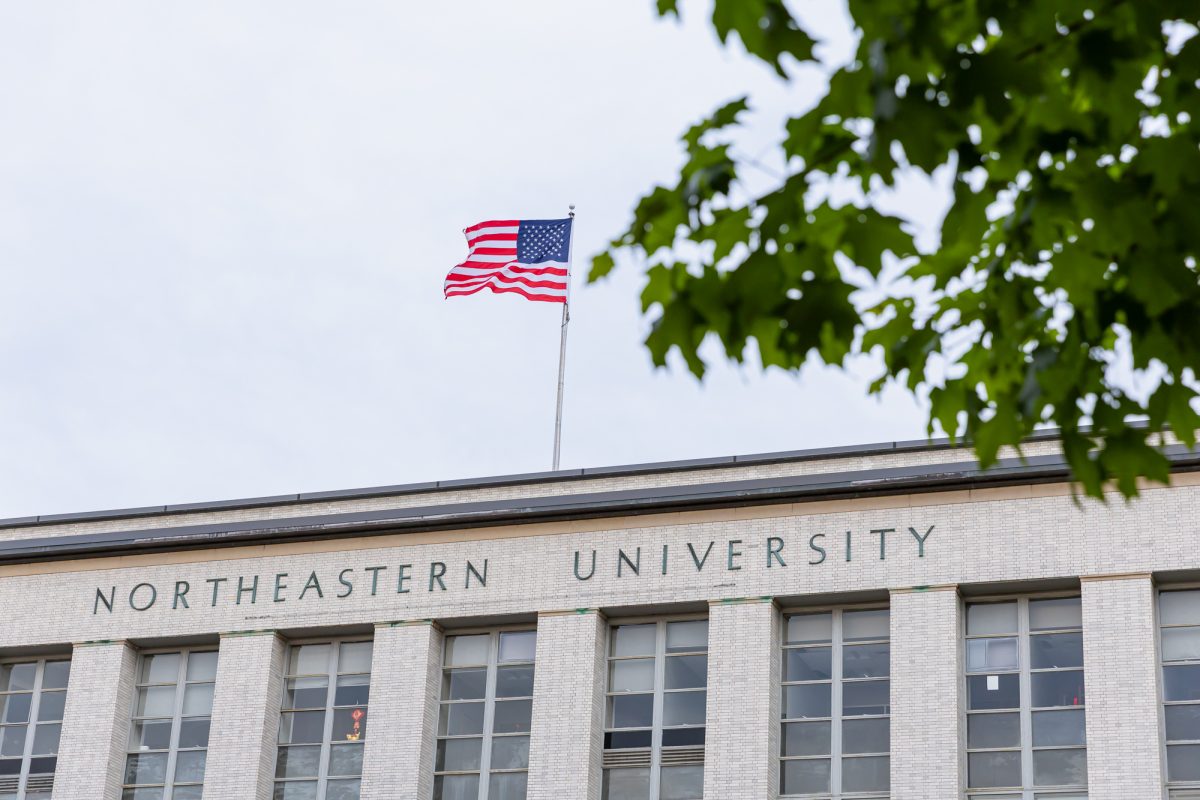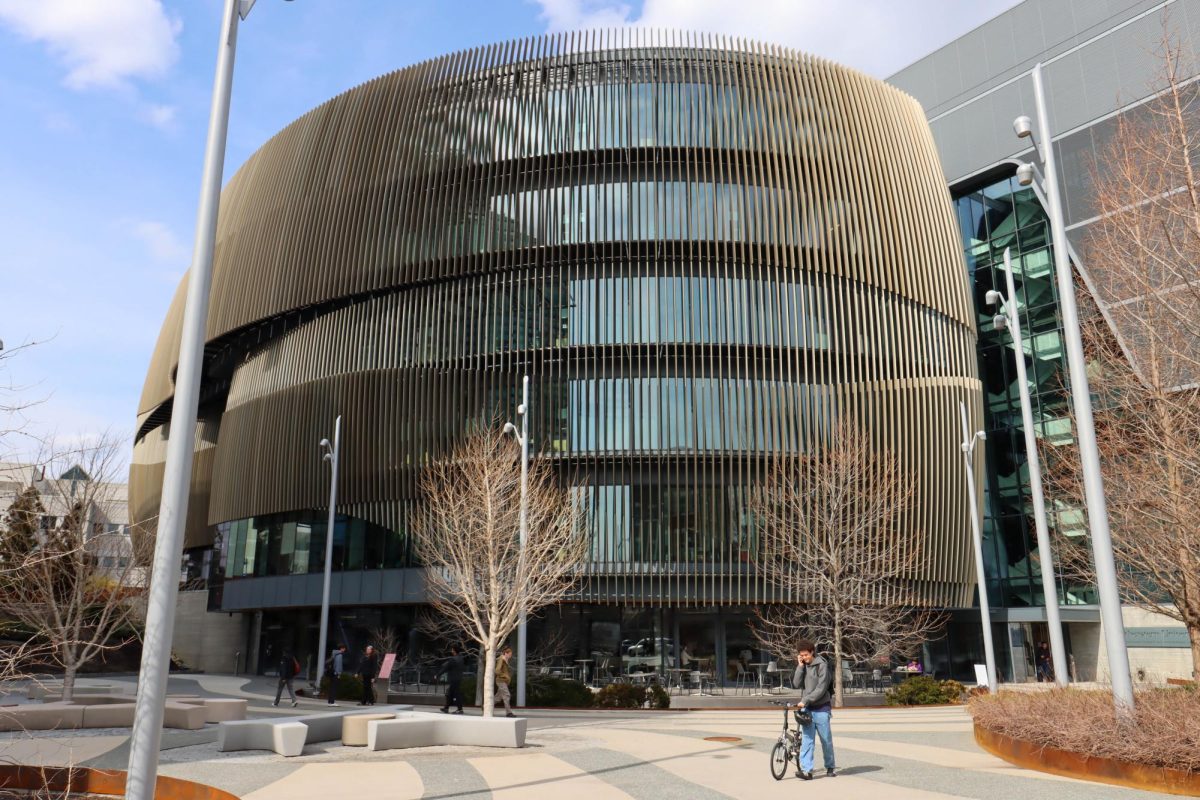Northeastern’s faculty senate held its biweekly meeting Nov. 15 to discuss the university’s Oakland campus housing availability, experiential learning complications and developments, continued global campus expansion, adaptations the school will make to conform to the Supreme Court’s affirmative action ruling and new dean appointments. The meeting also included an annual update from Provost and Senior Vice President for Academic Affairs David Madigan and Ken Henderson, chancellor and senior vice president for learning.
Madigan began the presentation by referencing the pillars of “Experience Unleashed,” Northeastern’s academic plan, which includes a growing research program.
“The funded research portfolio, in terms of research awards, grew by about 20% last year versus the year before,” Madigan said. “We’re in a growth phase, very much, with our research enterprise.”
Another tenet of the plan includes diversity, equity and inclusion initiatives, which Madigan said is woven into the rest of the plan.
“We cannot achieve the success that we seek to achieve unless we are diverse, equitable and inclusive,” Madigan said. “To create a truly inclusive university where everyone can thrive is a major focus for all of us.”
Mary Strother, Northeastern’s general counsel, also touched on how the school will continue to strive for diversity in a post-affirmative action college admissions environment.
“The court did acknowledge that … there is value to be had in considering an applicant’s skills, knowledge and character-related qualities that could arise from their experiences including their racial identity,” Strother said. “So there are still opportunities to look at, in a holistic way, an applicant’s race in the context of the essay and other places.”
Three new appointments within the office of the provost were announced: David De Cremer, the new dean of the D’Amore-McKim School of Business, Kellee Tsai, the new dean of the College of Social Sciences and Humanities and Srinivas Tadigadapa, senior vice provost for institutes, centers and impact engines.
Henderson also reported about the growing number of global campuses. There was a record number of students interested in Dialogues of Civilizations programs this year, with more than 1,000 students completing over 60 programs in 35 countries. Henderson said this was indicative of a rebound in students’ interest in traveling following the COVID-19 pandemic.
N.U.in had a similarly strong year, with over 1,500 students starting their first semester abroad in 10 locations around the world. Other alternative admissions programs also had large classes, with over 1,400 students participating in the Global Scholars program, which allows students to spend one semester in Oakland, California, and one semester in London before returning to Boston full-time.
Boston, London and Oakland “are our most fully enabled campuses. The others we are building and mostly rented space,” Henderson said. “[In Boston], we actually have much more permanent assets.”
Other campuses the school continues to develop, like the San Francisco campus, are leased spaces in existing office buildings
“We haven’t added a campus this year. We do add about one a year if you look at the numbers and when we started,” Henderson said. “The first set of students in Arlington began this year — a small cohort, as always. Miami we’re just ramping up right now. So those are the two newest additions.”
The continued global expansion is a key facet of the university’s strategic plan. The university calls the flexibility to learn at multiple campuses “immersive mobility,” Henderson said.
“A plan that we’re really looking for is increasing mobility programs for second-year students and above,” Henderson said. “This desire for students to be in other places to learn in locations that are the best place in the world for them to do that course material or that experiential learning or get that co-op or job opportunity — that’s something that we want to provide as a differentiator for the institution.”
Global experiences weren’t the only experiential learning opportunity to see increased interest this year, Henderson said. This fall semester had the most undergraduate students hired in a co-op cycle since the program began in 1909, with over 5,000 students accepting a job for the 2024 spring semester, a 78% hire rate. One contributing factor is that this is the first semester that the class of 2025, one of Northeastern’s largest admitted populations to date, is applying for co-ops.
However, as Northeastern grows in both size and reputation, the university has to work to accommodate the increasing demand for co-op opportunities, he said.
“There is a significant pressure on just the number of co-ops that we have and the number of students seeking co-op,” Henderson said. “That’s something that we’re putting a lot of time, energy and effort into trying to figure out. To ensure that as we continue to grow — not just undergraduate, but graduate — interest in co-op, that we actually have the capacity to do that.”
One of the answers, Henderson said, is developing a new form of experiential learning that could work as an alternative to co-op or other experiential learning for students to have increased flexibility.
Outside of co-op, the university also offers a program known as “Experiential Network,” or XN, an initiative that connects students with corporate partners to let them work on real-world projects as a form of experiential learning. There are currently approximately 5,500 students working on over 600 XN projects for over 300 sponsors in over 300 courses, Henderson said.
Increasing enrollment is one of the factors fuelling the increased demand for experiential learning. With 96,327 applicants applying to the university for fall 2023, Henderson reported that the yield rate, the percent of students who accepted their offer to attend Northeastern, was 50% — much higher than the national average of 33.6%.
“I think we all know our undergraduate enrollment metrics are exceptionally strong,” Henderson said. “Last year again — it seems like it’s every year, but it really has been every year — it was a record-breaking year.”
Two other notable improvements that Henderson pointed out were the increased diversity of the incoming class — with “underrepresented minorities making up 27% of the population,” Henderson said — as well as an increase in the number of students applying through the early decision admissions program. Early decision applicants, similar to a growing yield rate, he noted, indicate a strong interest in the university and its programs as students’ first choice.
But this change is not just happening on the Boston campus. In four years, Henderson reported that the university has grown to 22,645 undergraduate students across three campuses, up from just over 18,000 students in Boston in 2018. Just as the Boston campus has struggled to provide enough housing to accommodate the growing number of students, other campuses face a similar issue.
“The Oakland campus, in terms of bedspace, is filled,” Henderson said. “We filled that up in the last cycle.”
A professor from Mills College at Northeastern asked Henderson what living accommodations look like in Oakland, especially for upperclassmen, if the residence halls are filled with first-year students.
“We’ve got around 900 beds that we’ve got and use currently in Oakland,” Henderson said. “Some of the dorms are actually closed because of seismic issues, so we’re looking at actually potentially … fixing those buildings, the seismic issues, and then utilizing those beds. We’re scoping the costs and feasibility for that right now.”
Infrastructure, co-op opportunities, physical facilities and clubs and organizations, Henderson said, are critical to making sure students in Oakland campus receive an experience comparable to what life is like on the Boston campus.
“This is something that we’re very focused on as we increase the undergraduate numbers,” Henderson said. “We’re really focused on actually serving those students and fulfilling the promise appropriately.”



